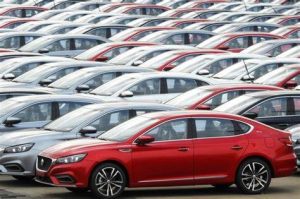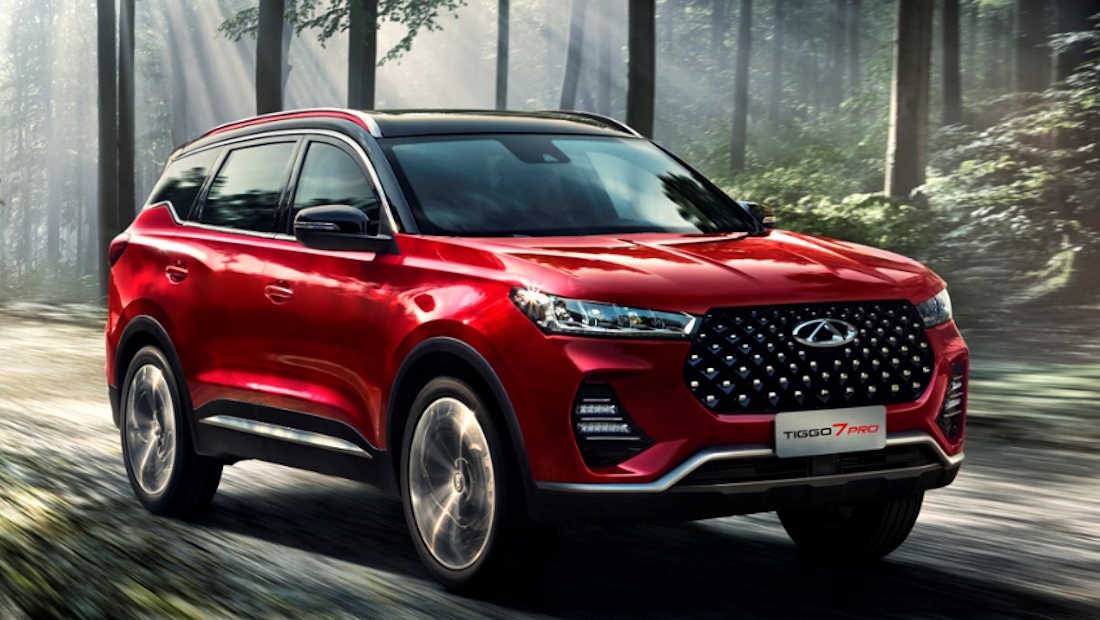President Ranil Woickramsingha recently said that car imports will be permitted early next year, and the treasury officials are busy working out the modalities.

Meanwhile, vehicle importers are urging the government to allow the import of used cars.
Currently, imported used cars need to be under three years, and the President of the Vehicle Importers Association of Lanka (VIAL), Indika Sampath Merinchige, has urged the government to allow vehicle imports of cars of up to seven years.
The extension of years for used cars may significantly increase the number of cars imported as there is a big price difference between a brand new car and a used car. A five-year-old could be anything between 25% to 40%, said vehicle importer Sandeva Malagamuwa, who spoke to Lanka News Line.
The proposal for used cars is made at a time when it has been found out that a fair amount of vehicles in Sri Lanka are less than roadworthy. Sri Lanka has over 8.3 million registered vehicles, and half of the country’s vehicle fleet is close to 30 years old. Motor Traffic Commissioner General Nishantha Weerasinghe said that most of the vehicles in Sri Lanka are reconditioned. Mr. Weerasinghe said, “If we applied the rules 100 per cent, half the vehicles on our roads will have to remain parked at home.”
Global Scenarios:
Africa is a major destination for 40% of used cars globally. These vehicles are often exported from developed markets after 10-15 years of use. However, there’s a catch: these older cars tend to have higher emission levels. Unfortunately, 80% of the used vehicles in Africa do not meet basic emissions standards. This contributes to air quality degradation and poses health risks.
Challenges and Opportunities:
Air Quality: The proliferation of old cars in Africa impacts air quality. As we transition to electric vehicles, it’s crucial to address this issue equitably across both the Global North and Global South.
Social Mobility: Affordable vehicles are essential for mobility, access to health services, education, and work. High-quality used cars imported into low- and medium-income countries (LMICs) can provide opportunities.
Decarbonization: While developed markets aim for car decarbonization in the next decade, LMICs are often left with outdated car fleets. Achieving a just net-zero transition requires global collaboration.
Recycling and Pollution: Proper systems for recycling and managing end-of-life vehicles are essential. Otherwise, valuable resources are lost, and pollution issues arise, including lead poisoning affecting millions of children.

China overtakes Japan:
China says it has become the world’s biggest exporter of cars after overtaking Japan in the first three months of the year.
Officials figures released in 2023 last week show China exported 1.07 million vehicles in the period, up 58% compared to the first quarter of 2022.
At the same time, Japan’s vehicle exports stood at 954,185, after edging up 6% from a year earlier.
As Sri Lanka is planning to ease restrictions on vehicle imports, the Indian and Chinese vehicle exporters who provide less costly vehicles have been approaching Sri Lankan importers for possible deals.
Last year, China overtook Germany to become the world’s second-largest car exporter.
First-quarter exports of new energy vehicles (NEVs), which include electric cars, rose by more than 90%, compared to a year earlier.
China has been in talks with the government of Sri Lanka for some time in investing in a vehicle plant, which could lead to the production and promotion of MG, Chery, and Proton brands in the country.
Chery is a prominent Chinese automaker with a strong export presence. They produce a range of vehicles, including budget-friendly models. Chery cars are exported to different countries, and their competitive pricing makes them appealing to cost-conscious consumers.







